
Ian Chamberlain of Chamberlain Carpentry & Joinery and Kim Feldborg of Valhalla Living Ltd recently embarked on a project to build an energy-efficient home in Taupo.
The key areas that they focused on to improve the efficiency of the build were:
Airtightness
Airtightness refers to the control of air, and therefore moisture, through a building's structural envelope. Uncontrolled airflow through the building structure reduces the performance of insulation and will ultimately compromise the integrity of that insulation if moisture builds up within the wall cavity. Long-term insulation effectiveness is dependent on the quality of the airtightness envelope protecting the structure of a home from both air movement and moisture ingress.
Airtightness helps maintain a stable indoor temperature, saving energy costs on heating by ensuring heat / energy is kept within the home, rather than being wasted by escaping into the atmosphere.
To achieve this, INTELLO was applied to the warm side of the insulation layer to create an airtight vapour control layer. A blower door test was performed to verify the installation and resulted in a performance of 0.57 air changes per hour, with a pressure difference of 50 Pascals. That's 11 times better than an average new residential construction, while still allowing the structure to dry out.
Ventilation
Good ventilation is a key element in maintaining indoor air quality that is both fresh and dry. Windows and doors must be actively opened and closed to ventilate, so in this project, a Zehnder Heat Recovery Ventilation system was installed which recovers 94% of the energy while replacing the internal volume of air once every 3 hours to create a fresh, clean air environment. Having airtightness and a ventilation system doesn't stop the owners from opening windows and doors any time they wish, but when a southerly is blowing up Lake Taupo, it's nice to be completely draught-free.
Insulation
Jet Stream Max insulation was used to achieve an R-value of 5.5 in the walls. This product completely fills gaps, voids and hard-to-reach areas around pipes, electrical wires and fixtures by being blown in. In the roof an R-value of 8.2 was achieved with three layers of Earthwool Glasswool insulation blanket.
Floor Slab
A MAXRaft fully insulated floor slab was installed which resulted in an R-value of 4.5. The polystyrene wraps around the base and edges of the floor slab in order to reduce thermal bridging taking heat into the ground.
Windows
The imported timber windows are triple glazed and have an R-value of 1. This may not sound like much compared to a wall at R 2.8 (code minimum in Taupo) or R 5.5 in this build, but they are more than four times better in performance than the required double glazed window with R 0.26 glazing unit, which does not take into account the heat loss through standard aluminium. The timber framed windows from Megrame in Lithuania use high quality hardware and seals to also ensure a good level of airtightness.
To discuss ways to improve airtightness in new builds or renovation projects, please contact the team at pro clima.













 New Products
New Products










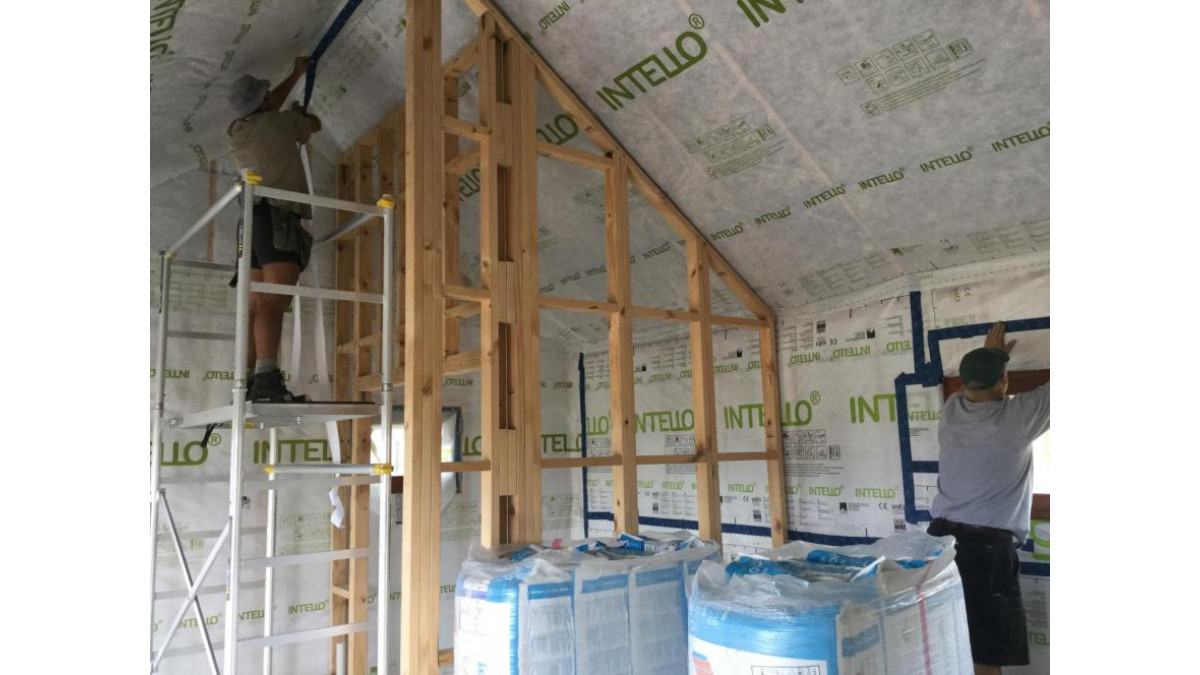
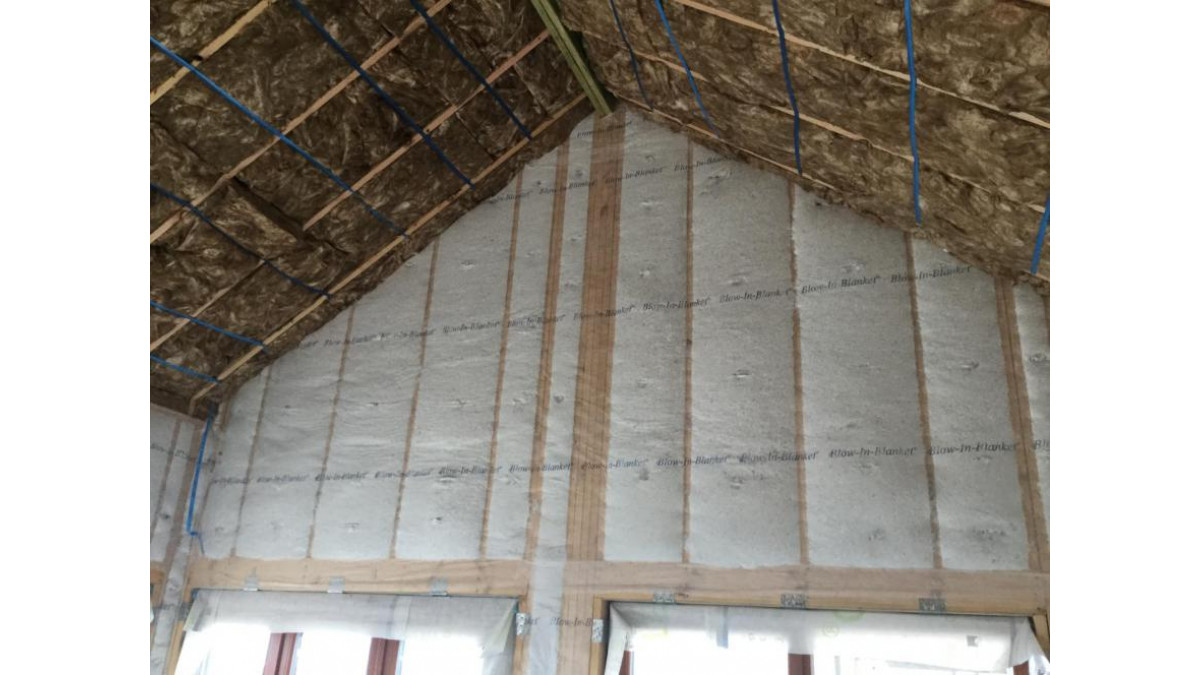

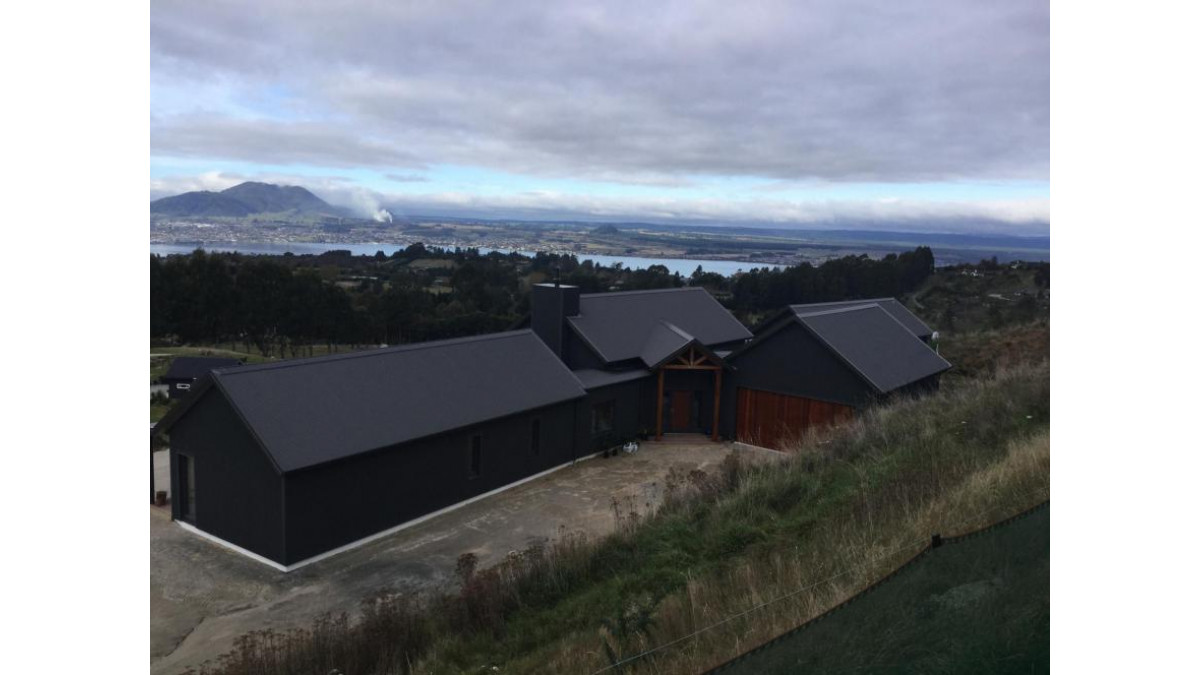




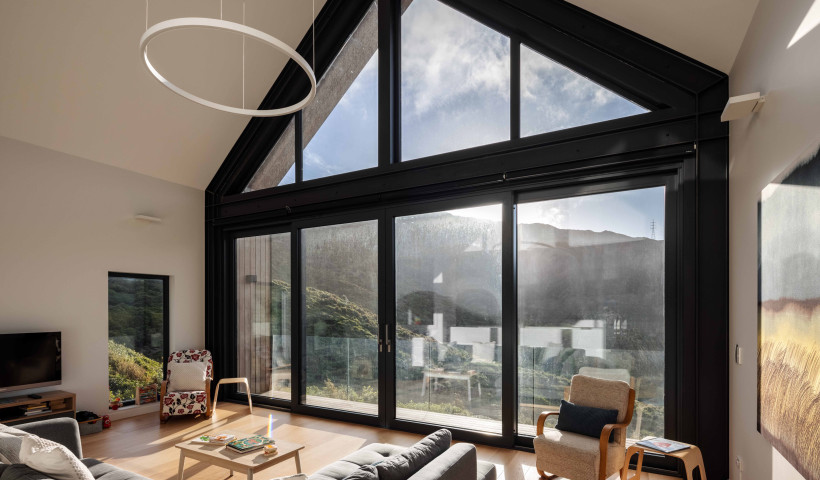
 Popular Products from pro clima
Popular Products from pro clima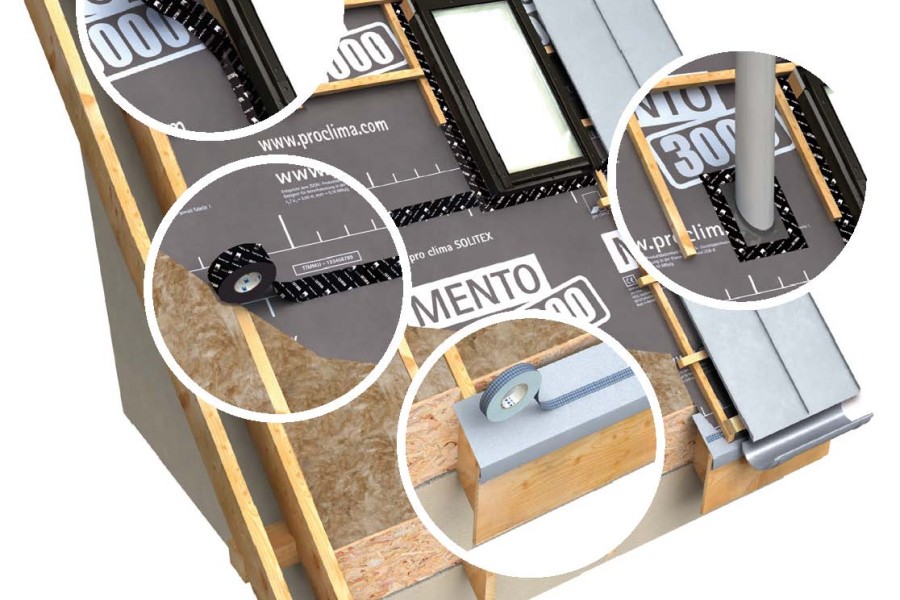

 Posts by Pro Clima Technical
Posts by Pro Clima Technical
 Most Popular
Most Popular


